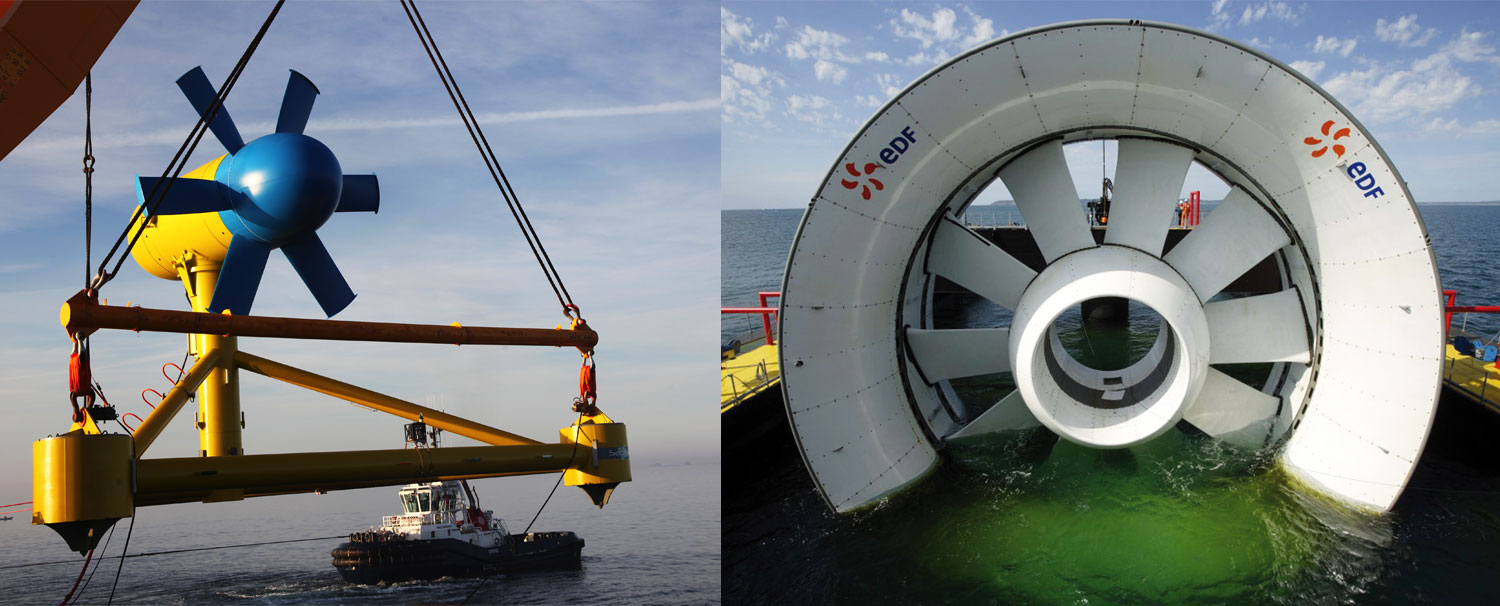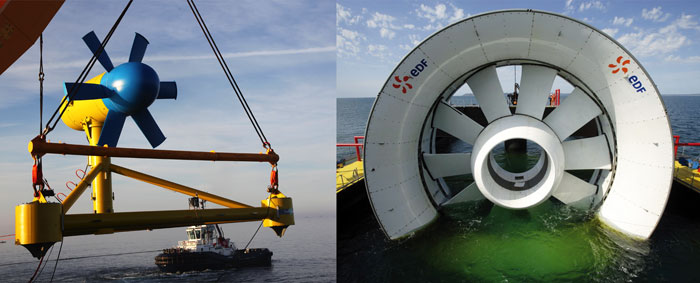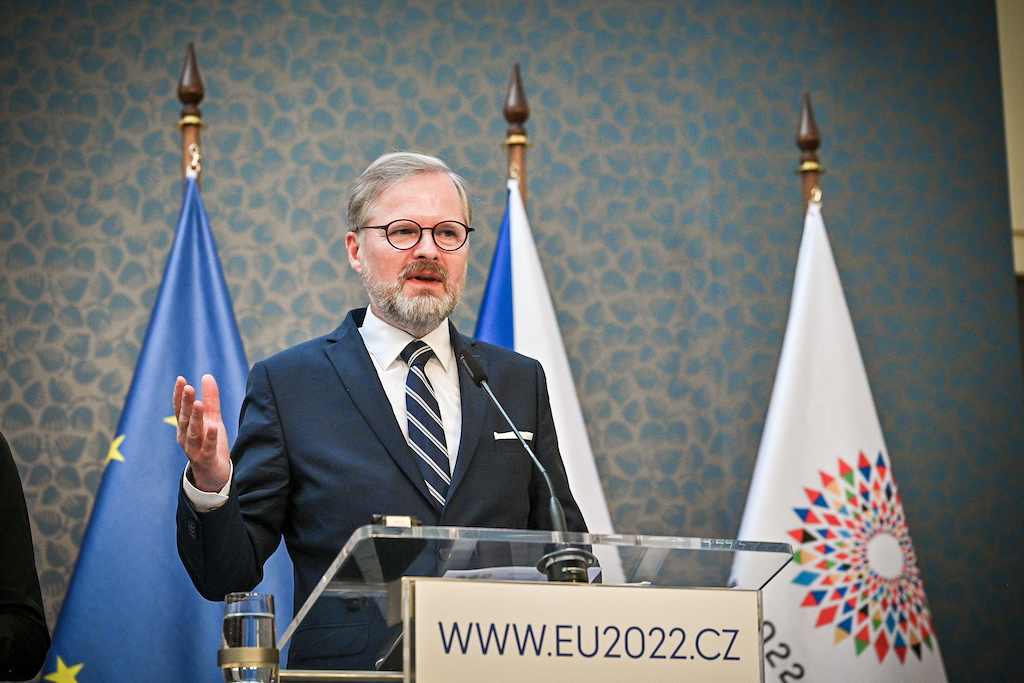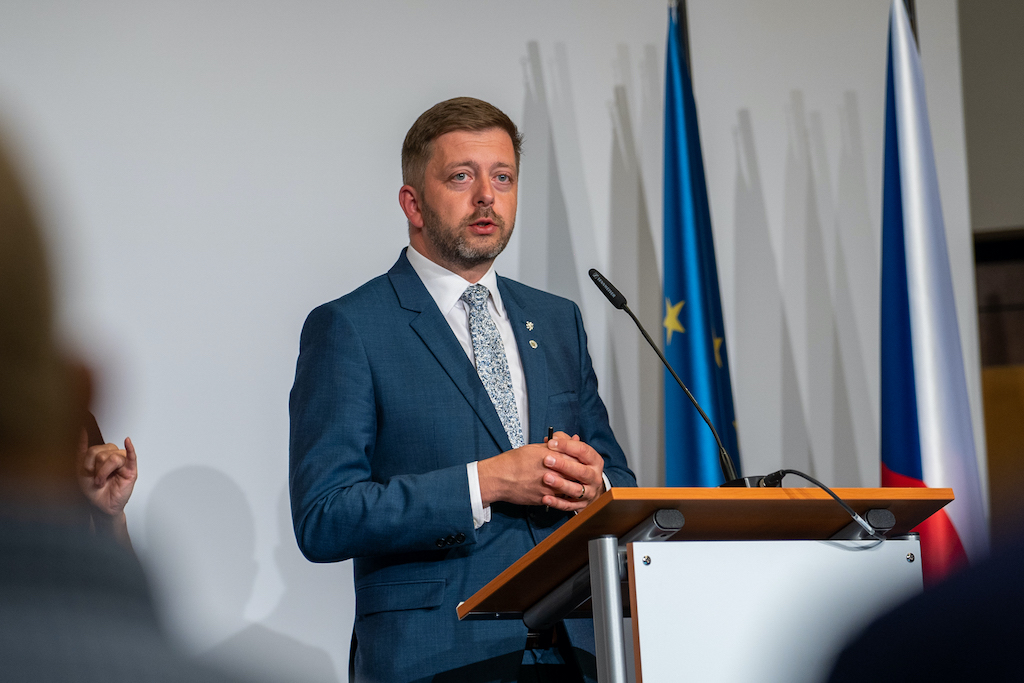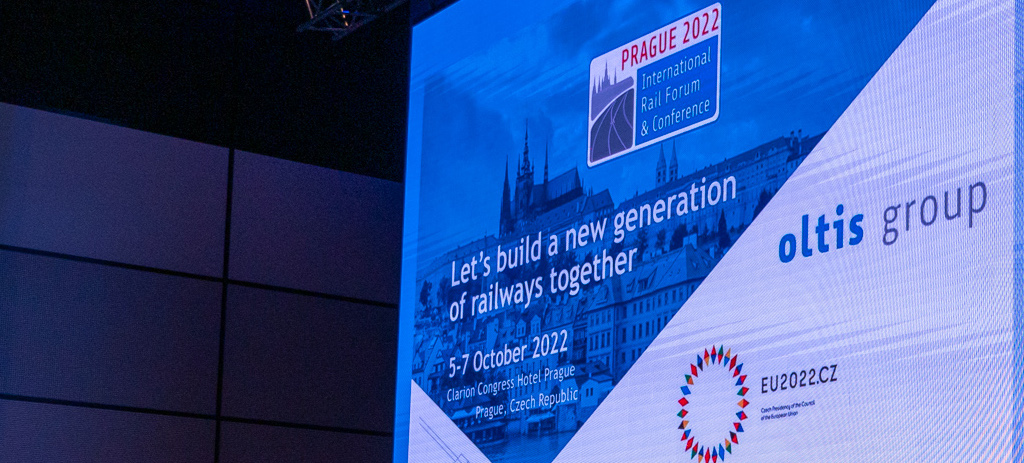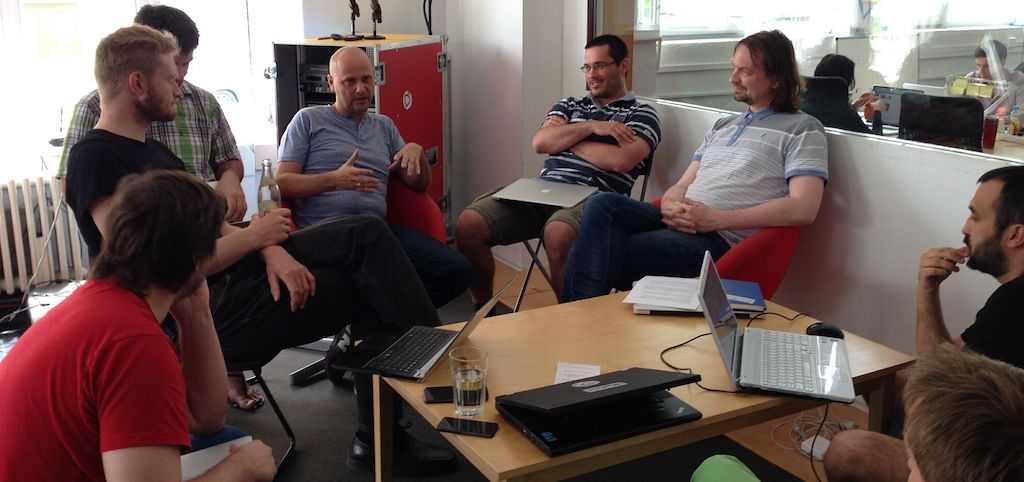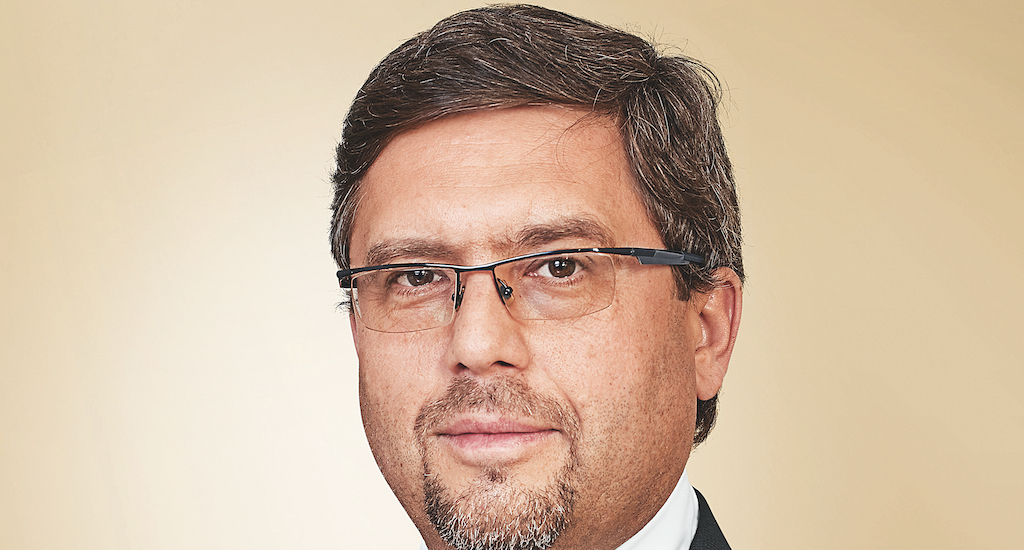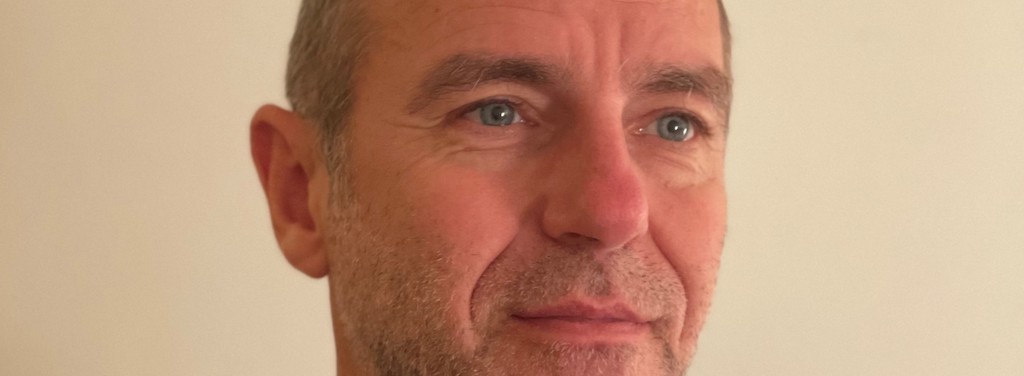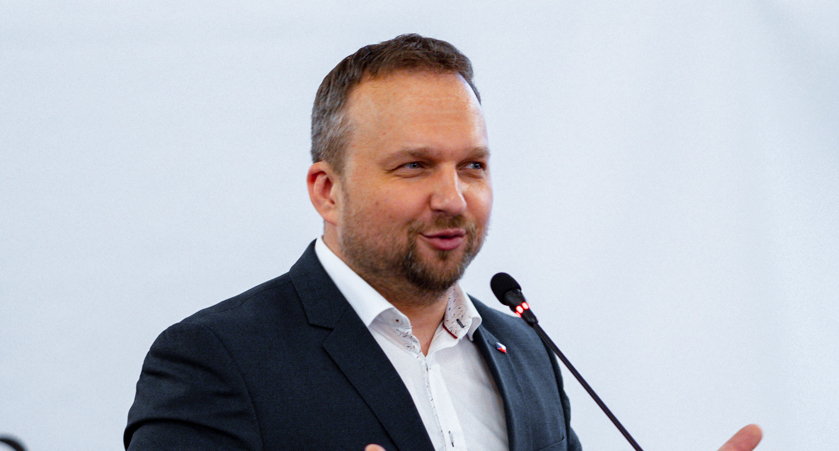 For a decade, the Bretagne Region has invested heavily in renewable marine energies (EMR), a growing industrial sector.
For a decade, the Bretagne Region has invested heavily in renewable marine energies (EMR), a growing industrial sector.
2,730 km of coastline (of the 5,000 km in France), powerful currents, constant winds, the biggest tides in Europe … Bretagne has an exceptional means to test, experiment and exploit renewable marine energies. The Region is concentrating its efforts on floating wind turbines and hydro turbines (energy from underwater currents through tidal turbines), but do not forget the small tidal turbine, the estuarine hydro turbines, the waves (wave energy) or the thalassothermy (which uses heat stored in surface waters).
The use of EMRs targets at increasing and diversifying the electricity sources of an area that still produces only 15% of its needs. Its main source of supply comes from the Rance tidal power plant (240 MW of power) in service since 1966.
The objective of the Pact Electric Breton, signed in 2010, was aimed at the installation of 3,600 MW of renewable energies by 2020, of which 1,250 MW will come from EMR alone.
Serious advantages
The development of EMRs represents an opportunity to create industrial employment through the emergence of a new industrial sector. To achieve this, Bretagne has serious advantages. The network of competent Small and Medium Enterprises (SMEs) covers the whole production chain of the EMRs. Its industrial fabric has a long experience from the naval, boating and offshore sectors (oil and gas). The Region has put in place a training tool for initial and lifelong education. Finally, it has the highest concentration of marine science and technology researchers in France. In 2016, a new regional roadmap was endorsed to further promote the development of EMRs. The objective now is to have 2.5 GW installed by 2030 and 3.84 GW by 2050. Bretagne already has four pilot farms, two test sites and two different production parks for different EMR technologies.
Port modernization
The development of the sector also requires adequate and adapted port infrastructure. A major modernization program has been launched to renovate the ports of Lorient and Saint-Malo. The region is also investing €220 million in the port of Brest, which it owns, to build a 36 ha polder designed mainly to host activities (storage, assembly, etc.) related to renewable marine energies (EMR). The Quimper society Sabella is considering the installation of a site for the assembly of hydro-turbines from the end of 2017, in order to produce between 30 and 50 machines on a yearly basis.
In the meantime, a large number of projects are emerging throughout the Breton coast. Offshore from Paimpol-Bréhat, the demonstration site of hydro turbines developed by Openhydro and DCNS allowed for the validation of the 2nd generation prototypes. With a power of 2 MW each, these machines, 16 m in diameter, immersed in 40 m in depth, were successfully connected to the terrestrial electrical network. Off the coast of Audierne, the WATTMOR project aims to test three waves on the plateau of Penhors. In the bay of Saint-Brieuc, a park of 62 installed wind turbines is carried by the consortium, Ailes Marine. With a total power of 496 MW, it should produce the equivalent of the electricity consumption of 850,000 inhabitants starting from 2020. In Groix, Eolfi is carrying out a pilot farm project for four floating wind turbines of 6 MW each before a four-year commercialization…





